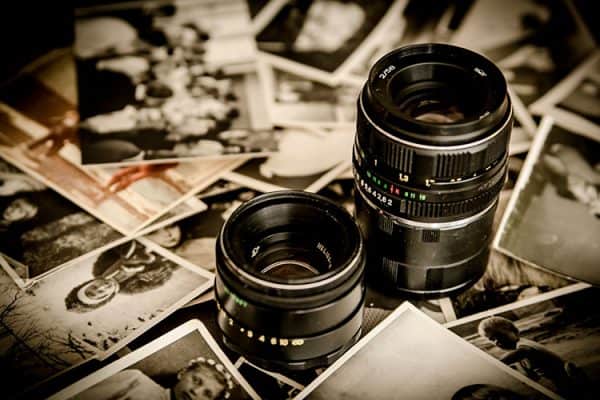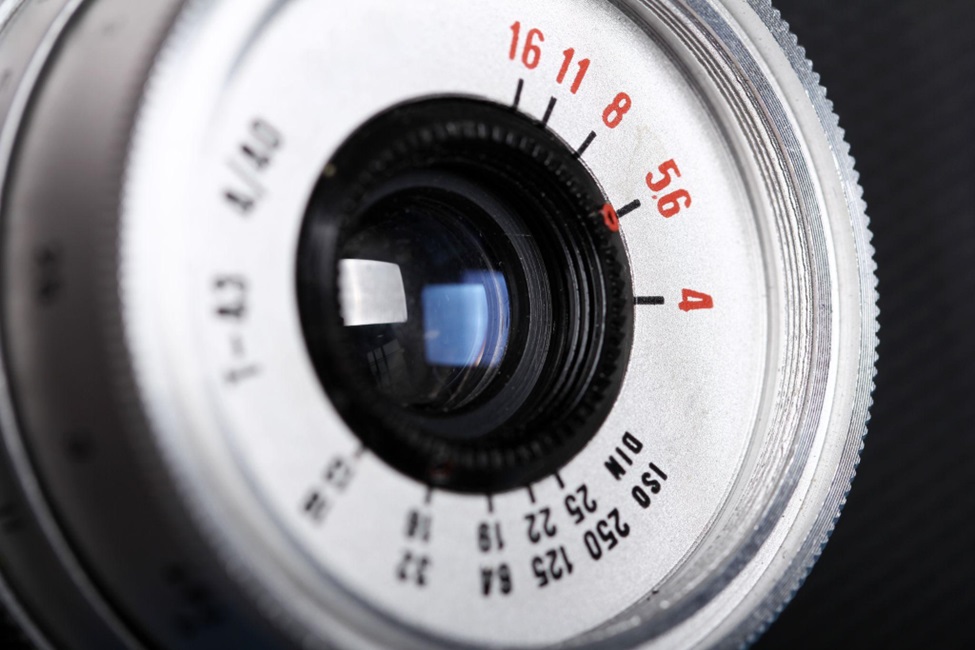In the world of optics, focal length plays a central role in determining the performance and functionality of lenses across a range of applications. Whether you’re designing an advanced imaging system or working with everyday camera lenses, Understanding Focal Length of an Optical Lens is essential. As optical systems continue to evolve with precision optical technologies, mastering this concept allows enthusiasts and professionals to optimize their designs and achieve unparalleled clarity.
The Science Behind Focal Length
The focal length of an optical lens is determined by the curvature of its surfaces and the refractive index of the material. Convex lenses, which are thicker at the center, have a positive focal length and converge light, while concave lenses, thinner at the center, have a negative focal length and diverge light. These characteristics make different lenses suitable for various optical systems, from telescopes to microscopes.
Understanding focal length is particularly critical in precision optical technologies, where even minor deviations can affect image quality and system performance. This is especially true in fields like medical imaging, aerospace, and industrial inspection, where high accuracy is non-negotiable.
How Focal Length Shapes Optical Systems
Magnification
The lens’s magnifying power is directly related to its focal length. A larger focal length with a telescope, for instance, enlarges far-off astronomical objects and brings them into sharp focus. Similarly, in microscopes, shorter focal lengths are used to magnify tiny specimens, providing high-resolution images.
Field of View
The field of view refers to how much of a scene a lens can capture. Short focal lengths, such as those in wide-angle lenses, provide expansive views, making them ideal for panoramic photography or large-scale imaging. Longer focal lengths, on the other hand, are better for capturing focused sections of a scene, like portraits or wildlife photography.
Depth of Focus
Focal length also influences depth of focus—the range within which objects appear sharp and clear. Longer focal lengths produce shallower depths of focus, allowing for background blurring (bokeh) that highlights the subject. This feature is often leveraged in artistic photography and film production.

Practical Applications of Focal Length
Photography and Videography
Photographers use a range of focal lengths depending on the subject and style. Wide-angle lenses (short focal lengths) are great for landscapes, while telephoto lenses (long focal lengths) excel at capturing distant subjects like wildlife or sports.
Medical and Industrial Imaging
In medical imaging, custom optical systems use specific focal lengths to capture detailed scans. Industrial applications, like inspection systems, rely on tailored lenses to ensure accuracy during quality control processes.
Astronomy and Scientific Research
Telescopes with long focal lengths allow scientists to observe distant galaxies, while specialized optical systems with shorter focal lengths facilitate high-detail studies of nearby celestial bodies.
Tips for Mastering Focal Length
To fully understand the focal length and its impact:
- Experiment with Different Lenses: Test lenses of varying focal lengths to see how they affect magnification, field of view, and depth of focus.
- Study Optical Systems: Delve into examples of lenses used in cameras, microscopes, and telescopes to learn how focal length shapes their performance.
- Leverage Technology: Modern software and tools can simulate optical systems, helping you explore the effects of focal length adjustments without physical prototypes.
Final Thoughts
Mastering focal length is key to understanding the foundational principles of optical lens design. Whether you’re exploring wide-angle applications or the pinpoint accuracy of long focal lengths, your ability to manipulate this parameter opens doors to a vast range of creative and scientific possibilities. As advancements in precision optical technologies continue, gaining a deeper understanding of focal length ensures that your designs remain at the forefront of innovation.
By immersing yourself in the science of focal length and experimenting with various lenses, you’ll enhance your expertise and appreciation for the incredible world of optics.






